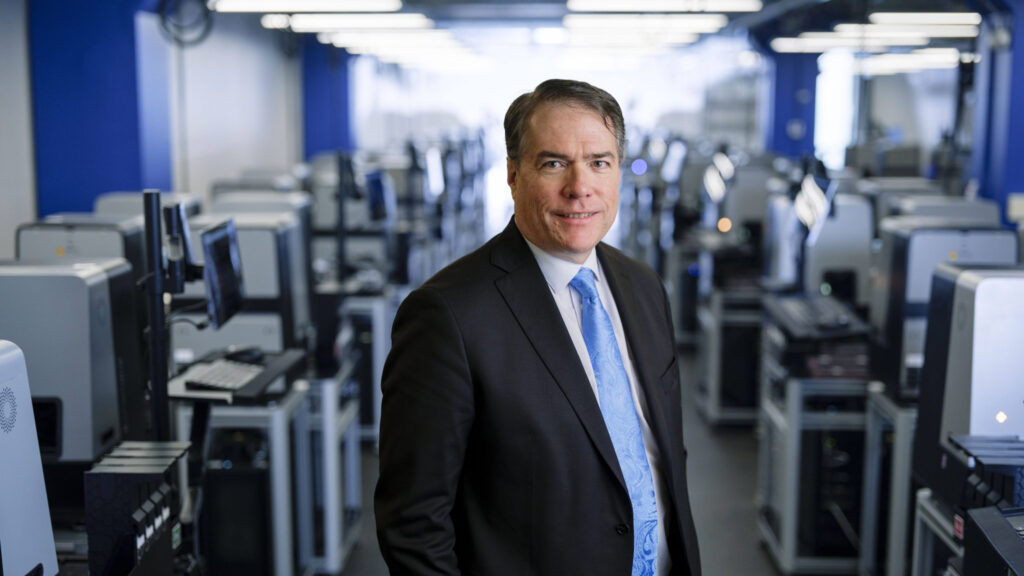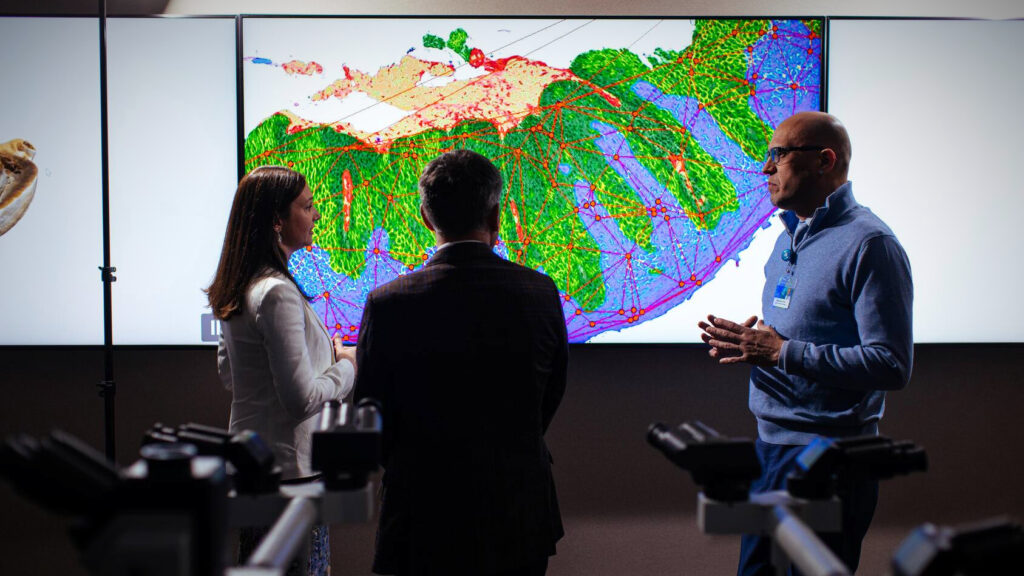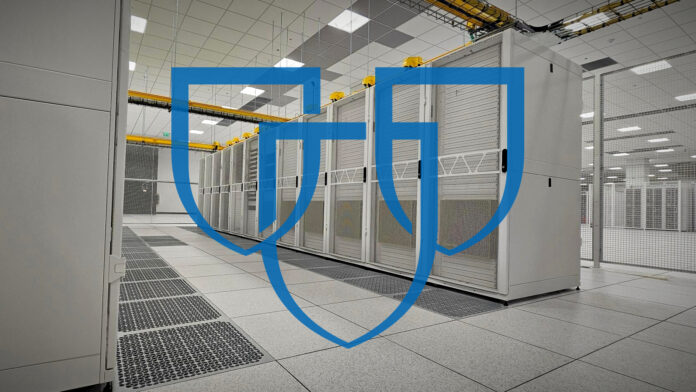Mayo Clinic deploys Nvidia’s Blackwell DGX B200 servers and DGX SuperPOD platform to build scalable AI infrastructure for multimodal and generative foundation models in pathology, drug discovery, and precision medicine.
In sum – what to know:
AI data centre – new AI data centre at Mayo Clinic uses Nvidia infra to build foundation models and accelerate clinical AI.
AI domain model – new Atlas model has been trained on 1.2m pathology slides; Mayo Clinic has 20m available.
AI innovation – strategy to drive digital pathology, drug discovery, and precision medicine for better patient outcomes.
US private medical centre Mayo Clinic has kitted out a new AI data centre based on Nvidia compute systems in order to train and deploy large domain-specific foundation models, including multimodal and generative AI, for clinical applications, including pathology, drug discovery, and precision medicine. It has taken Nvidia’s Blackwell-chip based AI infrastructure, specifically an unspecified number of DGX B200 servers, together with its DGX SuperPOD platform to string its DGX systems together as a tightly-integrated and scalable AI compute cluster.
A press note, and also a video (see below), suggest it is a fully-owned edge-based setup, likely at its campus in Rochester, Minnesota. Mayo Clinic also has sites at Jacksonville in Florida and Phoenix/Scottsdale in Arizona, plus a developing international partner footprint. The video shows Dell servers, DDN enclosures, and Panduit racks, as well – in a ‘coming-soon’ (Summer 2025) style Hollywood trailer, complete with pounding soundtrack. Mayo Clinic said it has worked with Nvidia on domain-specific AI models and solutions for digital pathology.
Their work is already “delivering new insights”, it said. The SuperPOD platform, together with the B200 backbone, is geared to process high-res images for large model training. Mayo Clinic will use the setup for its own foundation model development, including existing work with German pharma-AI specialist Aignostics on a digital pathology model called Atlas, with multimodal and generative capabilities, trained on 1.2 million histopathology “whole-slide” images. The setup with Nvidia will accelerate slide analysis from “four weeks of work to just one”, it reckons.
Mayo Clinic has “over 20 million digitized pathology slides”, it said. It stated: “With Atlas, clinicians and researchers can improve accuracy and reduce administrative tasks. The new computing capabilities will accelerate and improve clinical model development.” The initial remit also extends to drug discovery and precision medicine. The whole scheme is part of Mayo Clinic’s so-called ‘Bold. Forward’ strategy for digital transformation in healthcare.
Matthew Callstrom, medical director in the clinic’s department of strategy and leader of its generative AI initiative, said: “Our aspiration for AI is to meaningfully improve patient outcomes by detecting disease early enough to intervene. What was once a hypothetical – ‘if only we had the right data’ – is now becoming reality thanks to AI and advanced computing.”
Jim Rogers (below), chief executive for digital pathology at Mayo Clinic, said: “This compute power, coupled with Mayo’s unparalleled clinical expertise and platform data of over 20 million digitized pathology slides, will allow Mayo to build on its existing foundation models. We’re transforming healthcare by quickly and safely developing innovative AI solutions that can improve patient outcomes and enable clinicians to dedicate more time to patient care while also accelerating commercial affiliations with other industry leaders.”
Mayo Clinic has an impressive record with AI breakthroughs. An AI model developed with UK echocardiography specialist Ultromics is being used to screen for a rare type of heart failure called cardiac amyloidosis. The model is the first of its kind, apparently. As well, researchers from Mayo Clinic have developed an AI system to detect surgical site infections with high accuracy from patient-submitted wound photos, and an AI tool to identify brain activity patterns linked to nine types of dementia, including Alzheimer’s disease, using a single, widely available scan.



